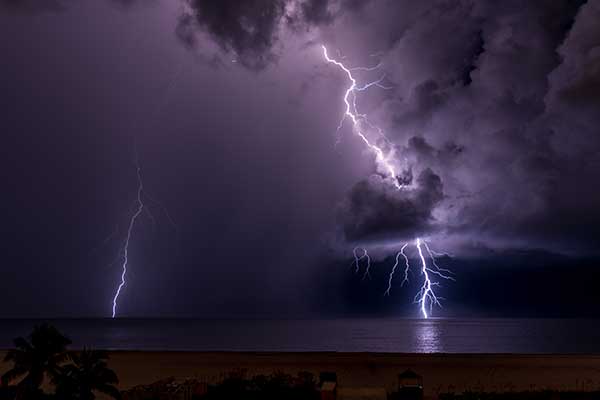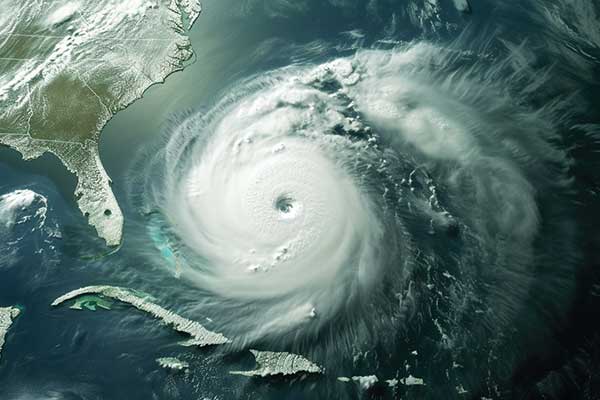During a disaster such as a hurricane, tornado, a large volume crash, or other major event, efficient and effective communication can mean the difference between life and death. Large scale emergencies, like natural disasters and major accidents, often overwhelm traditional 9-1-1 systems though they are still very essential. Fortunately, the development of Next Generation 9-1-1 (NG9-1-1) means that improved coordination and communication are now possible during such critical events.

In the past, 9-1-1 systems were mainly created for voice-based communication using landlines which, we know, are outdated and restrictive in today’s digital era. When disaster strikes, the lines of communication may be jammed with no forwarding capabilities. They may even get overloaded and shut off. This in turn, wastes time for emergency responders to get the messages, respond to the call, and to evaluate their efforts in organizing a response.
NG9-1-1 provides the best upgrade to these legacy 9-1-1 systems. It uses digital technology to enable wider options for communication, such as text, video and data. This advanced system runs over Internet Protocol (IP) networks thereby ensuring faster and more reliable communication that is adaptable to the present society.
NG9-1-1 has various significant enhancements for disaster response that include:
During disasters when voice communications may be disrupted, or when people need to convey essential visual information, people can use different channels to communicate with emergency services thanks to Next Generation 9-1-1. For example, they can send texts, images, or videos directly to the dispatcher. They can then relay information quickly to first responders who have a clearer understanding of the emergency.
Conventional 9-1-1 systems lean on voice call to identify the location which might be imprecise or delayed during emergencies. NG9-1-1 utilizes IP-based location service providing much clearer and more precise location information to first responders. This enables emergency services to locate the caller with ease and begin to providing the necessary support.
When there are major emergencies; different departments need to cooperate together, quickly. Next Generation 9-1-1 allows for various emergency units and authorities within any jurisdiction to communicate seamlessly with each other. Responders will have the ability of increasing their level of knowledge & effectiveness by sharing data in real time.

NG9-1-1 makes it possible to share multimedia content like building layouts, medical records, or information on hazardous materials. Such data is very useful in times of disaster as it helps in identifying risks and planning for responses by the concerned teams.
Next Gen 9-1-1 technology is designed to handle high call volumes and reroute calls if a system becomes overloaded or damaged. This scalability and redundancy ensure that emergency communication remains functional during disasters, even when infrastructure is compromised.
Next Generation 9-1-1 is a game-changer for disaster response, providing enhanced communication, interoperability, and data sharing capabilities. As disasters become more frequent and severe, NG9-1-1 represents a critical step forward in ensuring that emergency services can respond effectively and save lives. The future of emergency response is digital, and NG9-1-1 is leading the way. Contact our expert team at Synergem to learn more about upgrading your PSAP to Next Generation 9-1-1.